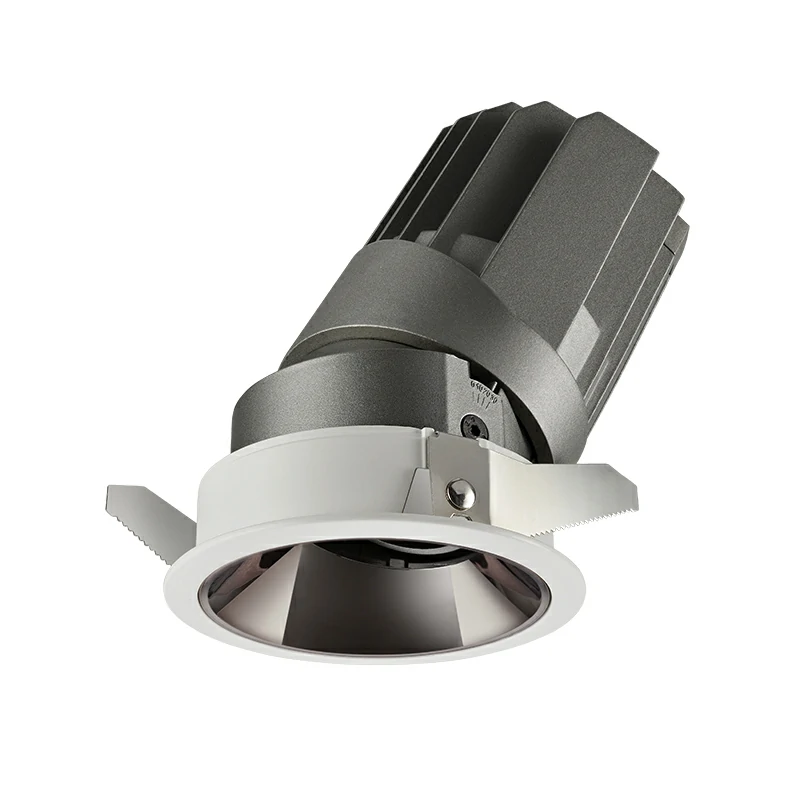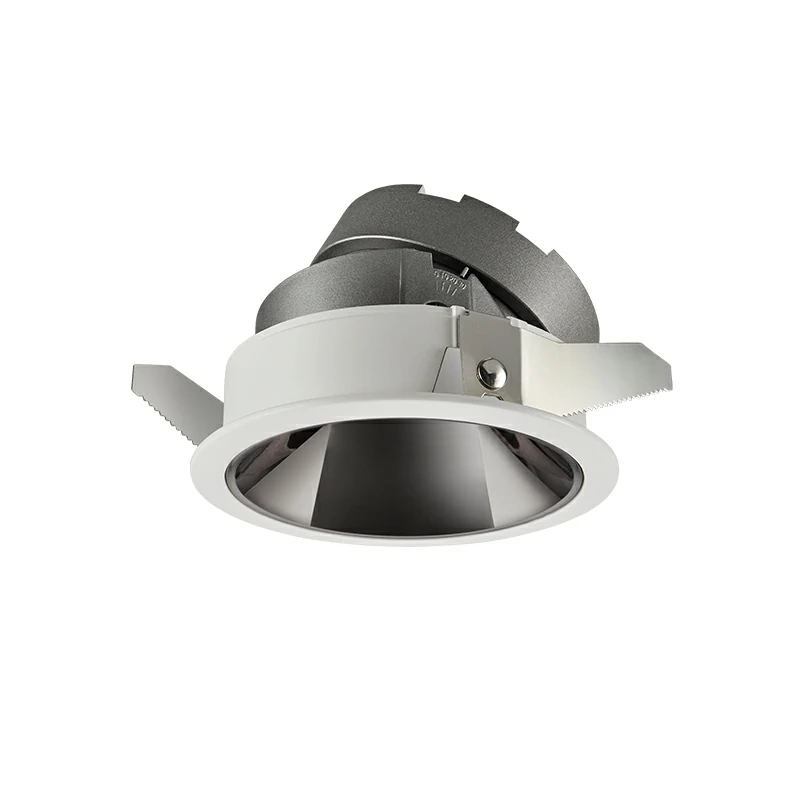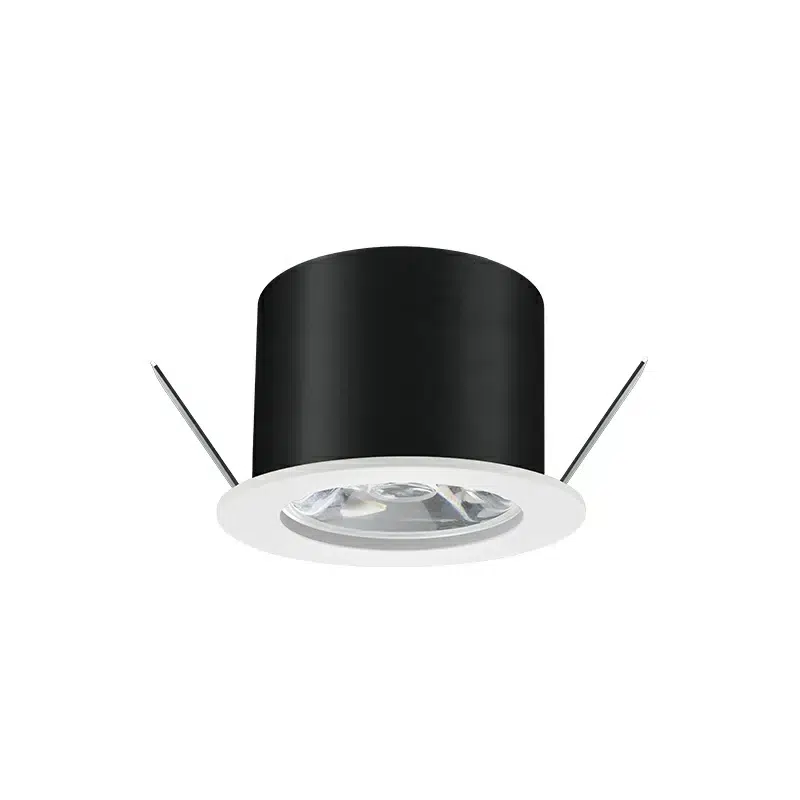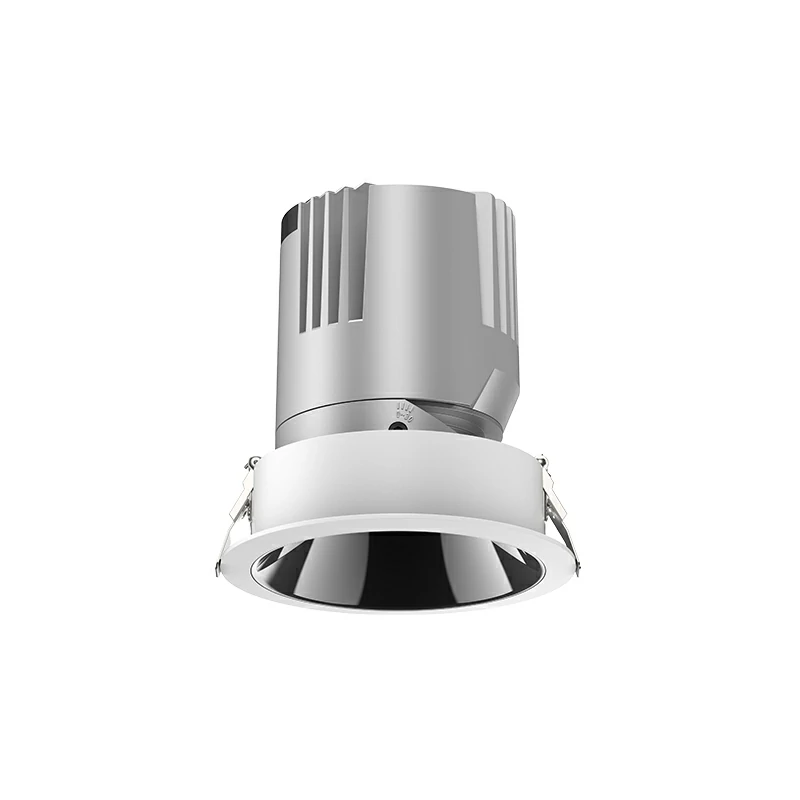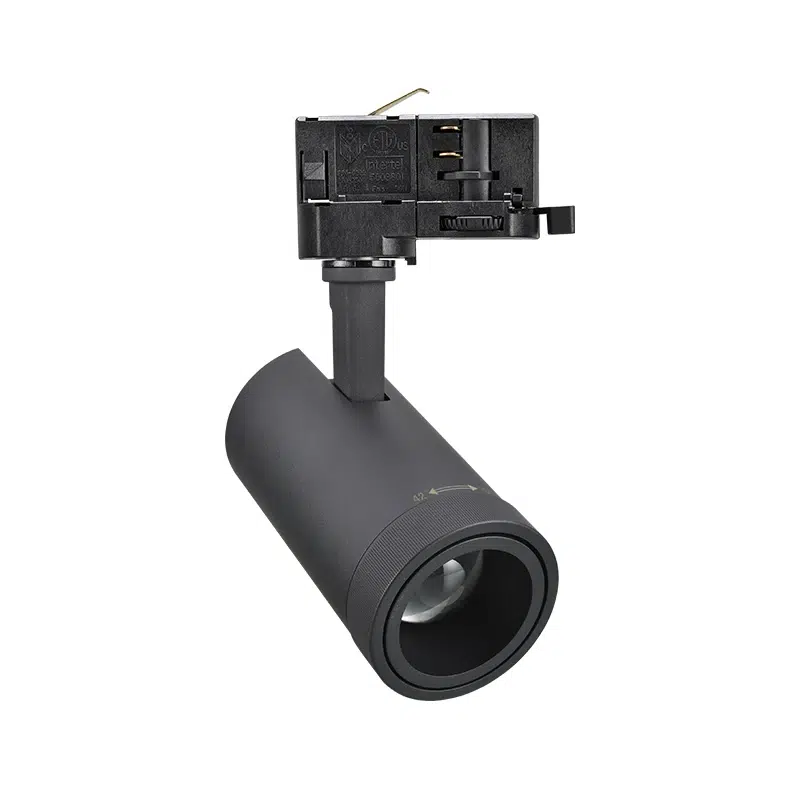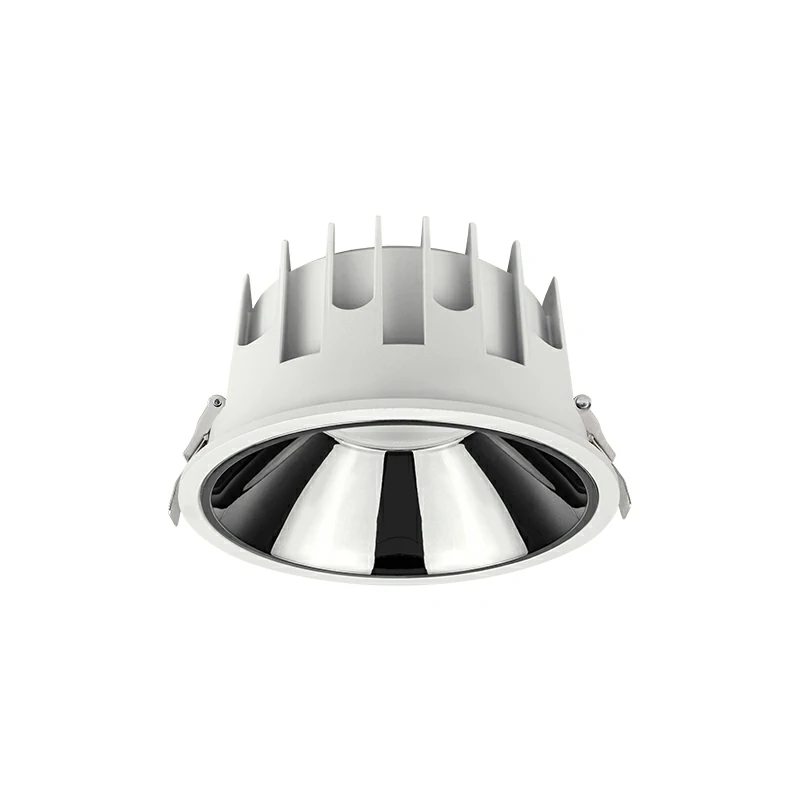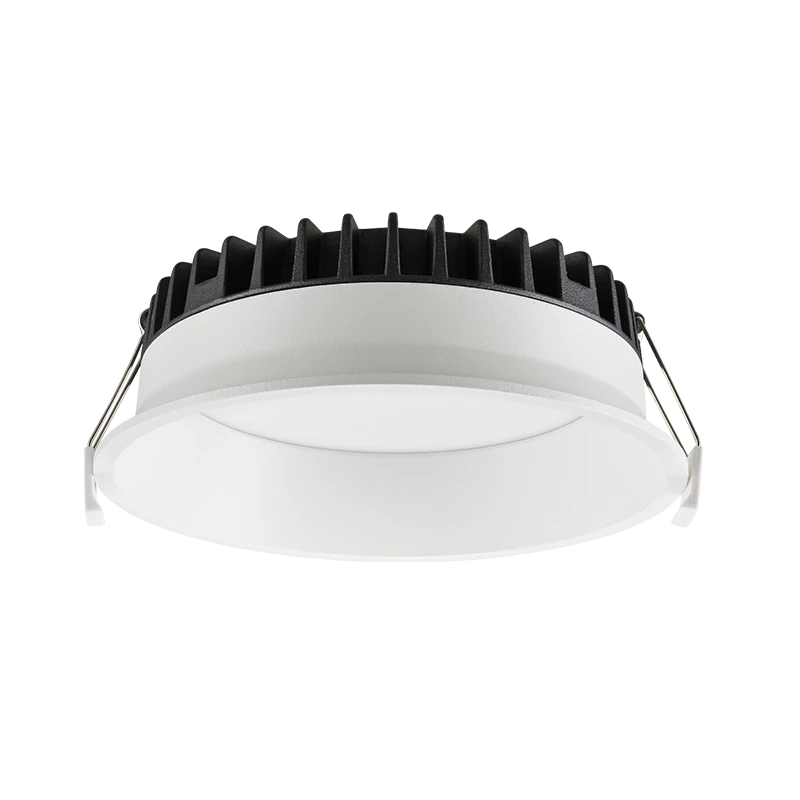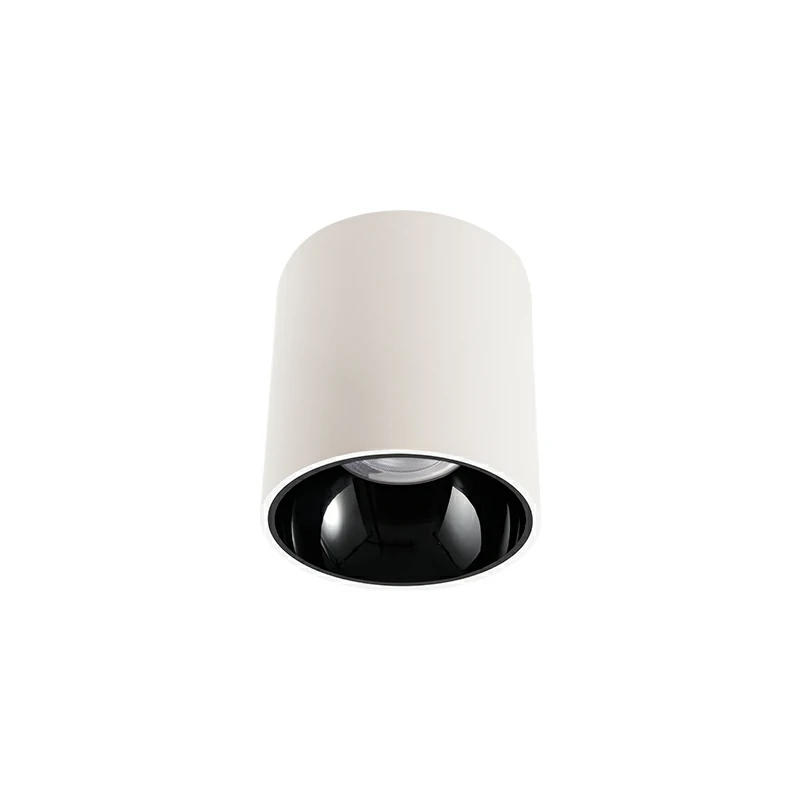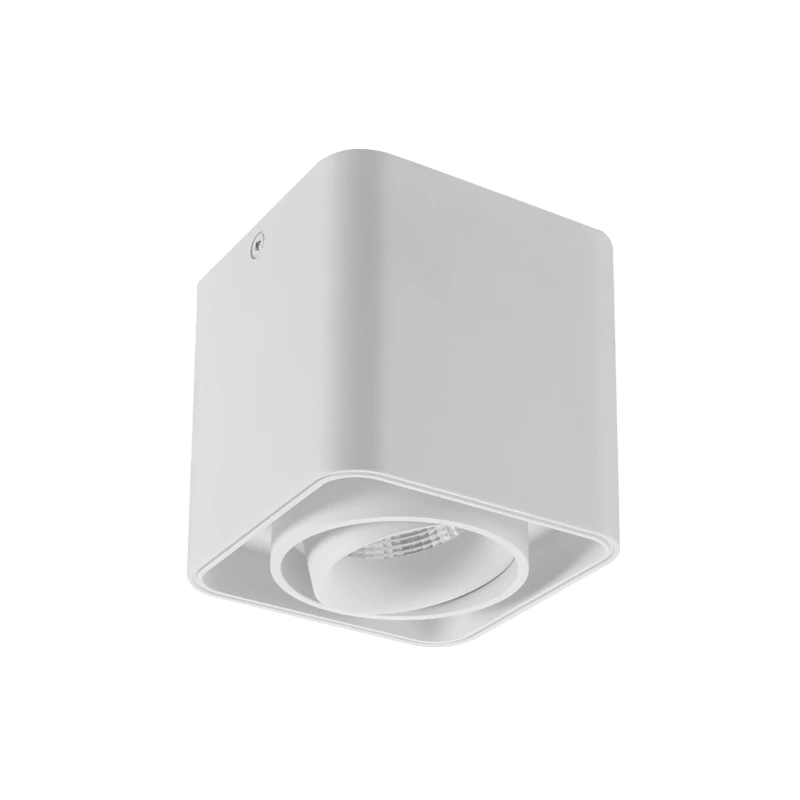In recent years, lighting control systems have made great progress with the introduction of new technologies, allowing lighting control to have higher accuracy and flexibility. One of the most interesting of these technologies is DALI (Digital Addressable Lighting Interface), which allows complex dimming control of individual lights or groups of lights. In this article, we’ll take a closer look at DALI dimming, its benefits, and how it can improve the functionality and energy efficiency of your lighting system. This article is a continuation of our article introducing dimming technology.
What is DALI dimming?
DALI dimming is a lighting control system that uses digital protocols to communicate between the lighting controller and the lights themselves. This allows precise control of the brightness and color of individual lights or groups of lights, as well as storage and recall of preprogrammed lighting situations. A DALI dimming system typically consists of a DALI controller that sends commands and a DALI-compatible light that can receive and respond to those commands.
DALI works best when designed and built from the ground up. This is because two control lines are required between the devices.
DALI system for dummies like me
Okay, let’s say you have a bunch of lights in a room and you want to control their brightness at the same time. This is where the DALI system comes in!
The DALI system is like a big boss that tells all the lights what to do. It uses special signals, such as a boss shouting orders at a light. These signals tell the lights how much power to use and how bright they should be.
Inside each light there is a special computer called a DALI controller that listens for signals from the DALI system. When the DALI system sends a signal to a light, the light’s DALI controller receives the message and makes the light brighter or dimmer accordingly.
So when you turn the DALI dimmer switch, it sends a signal to the DALI system. The DALI system then sends a signal to all the lights in the room telling them how bright they should be. This is how the DALI system works!
Main features of DALI
- This is a free agreement! Anyone can use it.
- DALI2 certification requires equipment produced by different companies to work together.
- It’s fairly easy to set up. You can install power and control cables side by side as they do not require protection. So there are 5 wires everywhere: L, N, ground and 2 control wires. (5×1.5MMJ)
- The wiring can be installed in any way, as long as the wiring is within 100 meters of the DALI BUS controller. More if using repeaters.
- Because DALI uses digital signals instead of analog signals to communicate, the devices receive the same dimming value. In this way, the guidance group is very efficient and precise.
- The system’s addressing system (DALI addressing) ensures that each device or group can be controlled individually.
Advantages of DALI dimming
DALI dimming is a popular lighting control technology that offers many advantages over traditional analogue dimming systems, such as accuracy, energy efficiency, scalability and easy integration with other building automation systems. Here are the benefits of DALI dimming:
- Accuracy: DALI dimming allows precise control of the brightness and colour of individual lights or groups of lights, which can be particularly useful in commercial, industrial and residential buildings. This allows for greater control and flexibility in lighting design.
- Energy efficiency:DALI dimming can help reduce energy consumption and lower running costs, as the brightness and colour of the lights can be precisely controlled.
- Scalability: DALI dimming systems can be easily extended to control a large number of lights, making them well suited for large commercial or industrial projects.
- Integration: DALI dimming systems can be easily integrated with other building automation systems, such as HVAC and security systems, allowing better control and automation of building lighting.
- Flexibility: DALI dimming allows a wide range of options for controlling lights, from simple on/off switching to more advanced control options such as setting and resetting pre-programmed lighting conditions.
- Open standard: it ensures that devices from different manufacturers always work in the same way when they are connected to each other. You can also replace existing parts with newer and better ones as they become available.
- Easy to install: with DALI fibre optic technology, you don’t need to split lights into zones or keep track of wiring. Two wires are connected to the DALI system. These wires control all the devices. Installers don’t have to keep track of everything, because they don’t need to know how the lights will eventually be installed.
- Easy to change: you can make changes to the settings quickly. After a while, you might want to change the lights and get something nicer. Centralised software allows you to easily change lighting profiles.
DALI dimming is an efficient and flexible lighting control technology that offers many advantages over traditional analogue dimming systems. Its accuracy, energy efficiency, scalability and ability to integrate with other building automation systems make it well suited for a wide range of applications in commercial, industrial and residential buildings.
Why should you NOT use DALI dimming?
However, like all technologies, DALI dimming has its pros and cons. Not everything is always as easy as advertised. Here are some of the downsides of DALI dimming:
- Cost: DALI dimming systems can be more expensive than traditional analogue dimming systems because they require DALI-compatible luminaires and a DALI controller.
- Installation: DALI dimming systems can be more complex to install and fit than traditional analogue dimming systems, and may require special training and expertise.
- May not be easy to replace: after a while you may want to change the lights and get something nicer. Depending on the size of the system, a software engineer may be needed for programming.
- Compatibility: not all luminaires are compatible with DALI dimming systems, so you may need to replace existing luminaires to use DALI dimming.
- Limited availability: DALI dimming systems are not widely available.
- Keep up to date: For a DALI system to work, you need to create a database that links LED addresses to the right controllers. For these systems to work optimally, they need to be monitored.
- Not for retrofitting: it is best to leave DALI in new buildings, as it is very difficult to retrofit two extra cables.
DALI can therefore be more expensive and complex to install and requires specialist training and expertise. In addition, not all luminaires are compatible with DALI dimming systems and may not be widely available from all retailers. Carefully consider your needs and budget before deciding whether DALI dimming is right for you.
History of DALI
DALI originated in the late 1980s and early 1990s when a group of lighting manufacturers, scientists and engineers worked together to develop a standardized digital communications protocol for lighting control.
DALI (Digital Addressable Lighting Interface) dimming is a relatively new technology in lighting control systems, but its history goes back decades. It was initiated by European ballast manufacturers. The idea is to make a better version of 0/1-10V dimming by having the control system send a bidirectional signal to each LED driver and device group. 0-10V control only allows one-way communication.
DALI 1.0
In 1998, the International Electrotechnical Commission (IEC) published the first version of the DALI standard, known as DALI 1.0. This standard defined the protocols and electrical characteristics of DALI systems, enabling the development of interoperable products between different manufacturers.
In the following years, the DALI standard was updated and refined to include new features such as support for multiple control devices, improved security and greater scalability. In 2012, the IEC published the latest version of the DALI1 standard, known as IEC 62386, which is now widely used in the lighting industry.
Since the first DALI standard was published, the technology has grown rapidly in popularity and is now widely used in commercial and public spaces. DALI dimming is particularly popular in energy-efficient buildings, where precise control of lighting levels can help reduce energy consumption and costs.
DALI 2.0
DALI2 (2020) is the latest version of the DALI protocol, which builds on and improves the original DALI protocol.
One of the main differences between DALI and DALI2 is the number of devices that can be connected to one system. The original DALI protocol allows up to 64 devices, while the DALI2 protocol allows up to 512 devices. This means that DALI2 can control a larger number of lights and other devices in a single system.
The second difference is functionality. DALI2 offers additional features such as lighting scenes, CCT lighting and RGB lighting. DALI2 also provides better support for sensors and other devices, enabling more advanced control and automation.
In terms of security, DALI2 also offers enhanced security features such as secure firmware updates, secure key exchange and communication encryption. This makes DALI2 more resistant to hacking and other security threats.
Overall, DALI2 is an improvement over the original DALI protocol, offering more advanced features, greater scalability and improved safety. It is also backwards compatible with DALI, so devices using the original DALI protocol can still be used in a DALI2 system.
What are the main differences between DT6 and DT8?
The DT6-led transformer requires a DALI address to adjust the brightness of one color of the LED.
DT8 commands and functions are only used for color control, but DT6 functions can be used with any DALI LED driver.
You can use part 207, part 209, or both for color changing LED drivers.
One DALI address can control any number of DT8 LED controllers. This allows the color temperature and brightness of the light to be controlled from a single address. DT6 requires a separate address for each color.
The most commonly used DT numbers are:
DT6 LED controllers Part 207
DT8 colour control devices Part 209

Compatibility between products
The first version of DALI didn’t play well with other systems. It didn’t work because the protocol was too narrow and many different companies tried to improve it by adding features that didn’t work well together.
With DALI2, this problem is solved. DALI2 is more comprehensive and has more features than its predecessor. This means that certain manufacturers can no longer make changes to DALIii and all DALI2 devices must meet all IEC62386 standards.
Keep in mind that while DALI2 also allows you to use older DALI components, you won’t be able to do everything you can do with DALI2 because older DALI devices have limited commands.
How is a DALI device controlled?
DALI installations use standard LED lights. They use DALI receiver modules and DALI transformers. These components are connected by DALI bi-directional digital communication lines. The control centre can be anything from a laptop to a high-tech lighting control desk.
By focusing and adjusting the push-button commands, you can control a single light, a group of luminaires or a lighting zone. When you flip the switch, you can program all the lights in the same “group” to turn on or change colour at the same time.

What are the components of DALI?
DALI (Digital Addressable Lighting Interface) dimming is a type of lighting control system that allows precise control of the intensity of individual lights or groups of lights. The system consists of several key components, including:
DALI-master: these devices act as the hub of the system and are responsible for sending commands to the lights. They are usually linked to an interface, such as a wall-mounted touchscreen panel or a smartphone app, that allows users to adjust lighting levels.
DALI transformers or controllers: these devices are responsible for controlling the power to the lights, and are usually installed in the luminaires themselves. They receive commands from the DALI controller and adjust the light output accordingly.
DALI sensors: these devices are used to measure the ambient lighting level in a room and can be used to automatically adjust lighting levels for optimal visibility and energy efficiency. They can be integrated into a DALI controller or installed as separate devices.
DALI power supply: a DALI power supply is a device that supplies power to a DALI system. It is a separate component that connects to the DALI controller and the lights.
DALI communication cables: these pairs of cables connect the different components of a DALI system.
What is a DALI bus (DALI BUS)?
In a DALI system, ALL devices and the bus power supply are connected to a two-wire bus and share information. This 2-wire system is the nervous system of the lighting system. It sends and receives all signals from the controller to the lamps and back. So you always know the status of your device from the device driver or software.
The DALI bus must be powered to send data between devices. It uses about 16V. These devices are called DALI power supplies or in many cases the DALI master also acts as a power supply for the signal cables.
How are DALI lighting systems wired?
As mentioned earlier, you can send digital signals over the bus with only two wires. Cables can be either positively or negatively polarised. Most control devices work on both. DALI systems can be wired using standard five-wire cabling, so no special protection is required.
Since no wiring groups are required in a DALI system, you can connect all the wires in parallel with the bus. This is a significant change from traditional lighting systems, as the commands sent from the controller contain all the information needed to switch on, dim and change the colour of the lights.
Once everything is connected, the Dali software can be set up to work with the system. Because the system is flexible, you can build and use different lighting scenarios and programs without changing the physical wiring. Depending on the software and applications, this setting can be easy or difficult.
Where are DALI lighting systems used?
DALI is a lighting technology that can be changed and is cheap. This type of centralised lighting system is most often found in large commercial premises. DALI is mainly used in companies and large installations. However, people are increasingly using it in their most prestigious homes.
Summary
DALI dimming is an efficient and flexible lighting control technology that offers many advantages over traditional analogue dimming systems. However, it can be more expensive and complex to install and deploy, and requires special training and expertise. In addition, not all luminaires are compatible with DALI dimming systems and they may not be widely available in all countries and regions. Carefully consider your needs and budget before deciding whether DALI dimming is right for you.
We are familiar with Led lighting control technology
SUNME has been an expert in LED lighting and lighting design since its establishment. We have our own product design, so our products are technically the most advanced.
We specialize in temperature controlled and high color rendering fixtures so they work great and last a long time. We go around and around. Providing hundreds of lighting designs for our clients’ venues. View more products or order designs here


